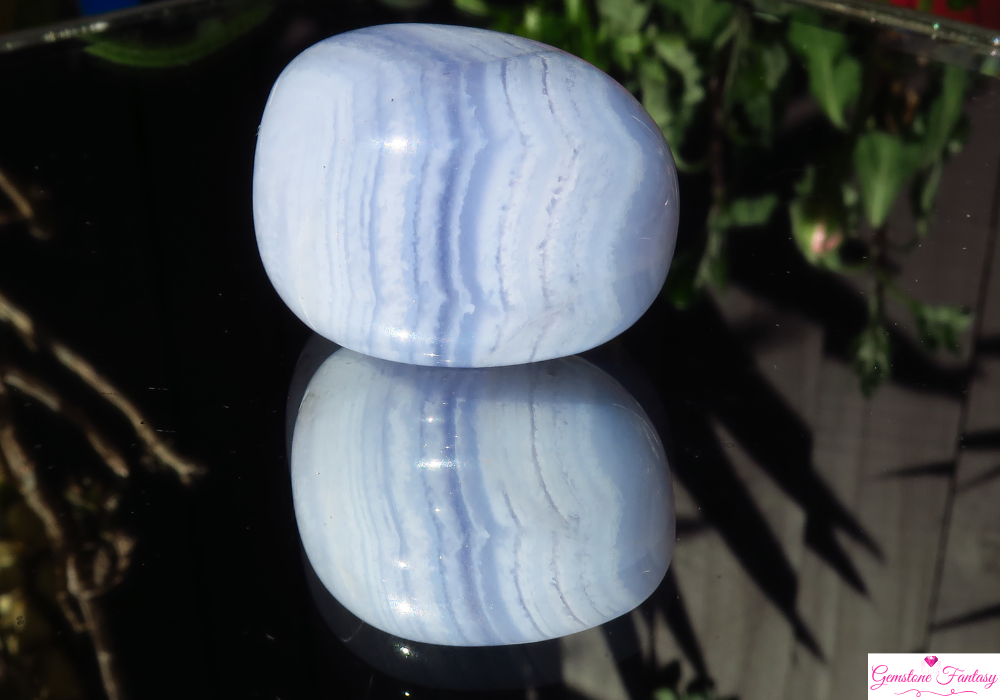Cat’s Eye, known for its striking visual effect resembling a cat’s slit pupil, is a fascinating gemstone belonging to the chrysoberyl family. This gemstone is highly prized not only for its unique appearance but also for its perceived metaphysical properties. The captivating chatoyancy of Cat’s Eye makes it a popular choice in jewelry and among collectors.
Geological Formation
The formation of Cat’s Eye involves specific geological processes that contribute to its unique properties.
- Mineral Composition: Cat’s Eye is primarily composed of chrysoberyl (BeAl2O4), with the chatoyancy effect resulting from the presence of needle-like inclusions of rutile (TiO2) or other minerals.
- Formation Conditions: These gems are typically formed in metamorphic rocks and can also be found in alluvial deposits. The unique optical phenomenon occurs when light reflects off the aligned inclusions within the stone.
- Geographic Locations: Significant deposits of Cat’s Eye can be found in various locations, including Sri Lanka, Brazil, India, and Madagascar.
Varieties and Classifications
Cat’s Eye can be classified into different varieties based on its color, source, and optical effects.
- Color: Cat’s Eye gemstones can range in color from yellowish-green to brown and even colorless. The most valuable varieties are often those with a rich yellow or green hue.
- Types: While the term “Cat’s Eye” generally refers to chrysoberyl, it can also apply to other minerals exhibiting a similar optical effect, such as quartz, tourmaline, and other gemstones.
- Chatoyancy: The most distinctive feature of Cat’s Eye is its chatoyancy, which creates a band of light that moves across the surface of the stone when viewed from different angles.
Cultural Significance and Folklore
Cat’s Eye has a rich cultural history and is steeped in folklore across different civilizations.
- Historical Beliefs: In ancient cultures, Cat’s Eye was believed to possess protective qualities, warding off evil spirits and bringing good luck to its wearer. It was often used in talismans and amulets.
- Symbolism: In many traditions, Cat’s Eye is associated with wisdom, intuition, and foresight. It is thought to enhance the wearer’s ability to see beyond the surface, offering clarity and insight.
Birthstone and Zodiac Connections
While Cat’s Eye does not have an official birthstone designation, it is associated with certain zodiac signs and astrological beliefs.
- Zodiac Connection: Cat’s Eye is often linked to Cancer (June 21 – July 22) and Leo (July 23 – August 22), believed to enhance emotional strength and intuition in those born under these signs.
Healing and Metaphysical Properties
Cat’s Eye is considered to have several healing and metaphysical properties.
- Emotional Balance: It is believed to help stabilize emotions, promoting calmness and reducing anxiety. This gemstone is often used to enhance meditation practices.
- Intuition and Awareness: Many believe that Cat’s Eye enhances intuition and awareness, helping individuals gain insights into their lives and make informed decisions.
- Protection: Cat’s Eye is thought to offer protective energies, shielding the wearer from negative influences and enhancing overall well-being.
Popular Uses in Jewelry and Design
Cat’s Eye is widely used in jewelry due to its unique appearance and versatility.
- Jewelry Types: Cat’s Eye can be found in various types of jewelry, including rings, necklaces, bracelets, and earrings. Its striking visual effect makes it a standout choice for statement pieces.
- Design Combinations: Cat’s Eye is often paired with metals like gold or silver, and it can also be combined with other gemstones to create captivating designs.
How to Identify Authentic Cat’s Eye
Identifying genuine Cat’s Eye involves examining specific characteristics.
- Chatoyancy: Authentic Cat’s Eye will display a distinct band of light moving across the stone’s surface when rotated. This optical effect is a key indicator of its authenticity.
- Surface Quality: Genuine stones may have slight inclusions or imperfections, while imitation stones may appear too flawless or overly polished.
- Weight: Cat’s Eye typically has a specific gravity that can help differentiate it from imitations. Authentic stones generally feel heavier than they look.
Tips for Caring and Storing
Proper care and storage are crucial for maintaining the beauty of Cat’s Eye.
- Cleaning: Clean Cat’s Eye with a soft cloth and mild soap and water. Avoid harsh chemicals that can damage the stone’s surface.
- Storage: Store Cat’s Eye separately from other jewelry to prevent scratches. A soft pouch or a lined jewelry box is recommended for protection.
- Wearing Tips: While Cat’s Eye is relatively durable, it should be worn with care to avoid exposure to hard surfaces and extreme conditions.
Market Trends and Pricing
The market for Cat’s Eye gemstones is influenced by factors such as rarity, quality, and demand.
- Pricing: The price of Cat’s Eye varies widely based on color, clarity, and size. High-quality stones with vibrant color and strong chatoyancy can command higher prices.
- Market Trends: There is a growing interest in unique gemstones like Cat’s Eye, with consumers seeking distinctive and meaningful pieces in their jewelry collections.
Final Thoughts
Cat’s Eye is a captivating gemstone that offers beauty, cultural significance, and various metaphysical benefits. Its striking chatoyancy and rich history make it a popular choice among gem enthusiasts and jewelry lovers alike. Whether worn for its aesthetic appeal or treasured for its protective properties, Cat’s Eye continues to enchant those who appreciate its unique charm.














